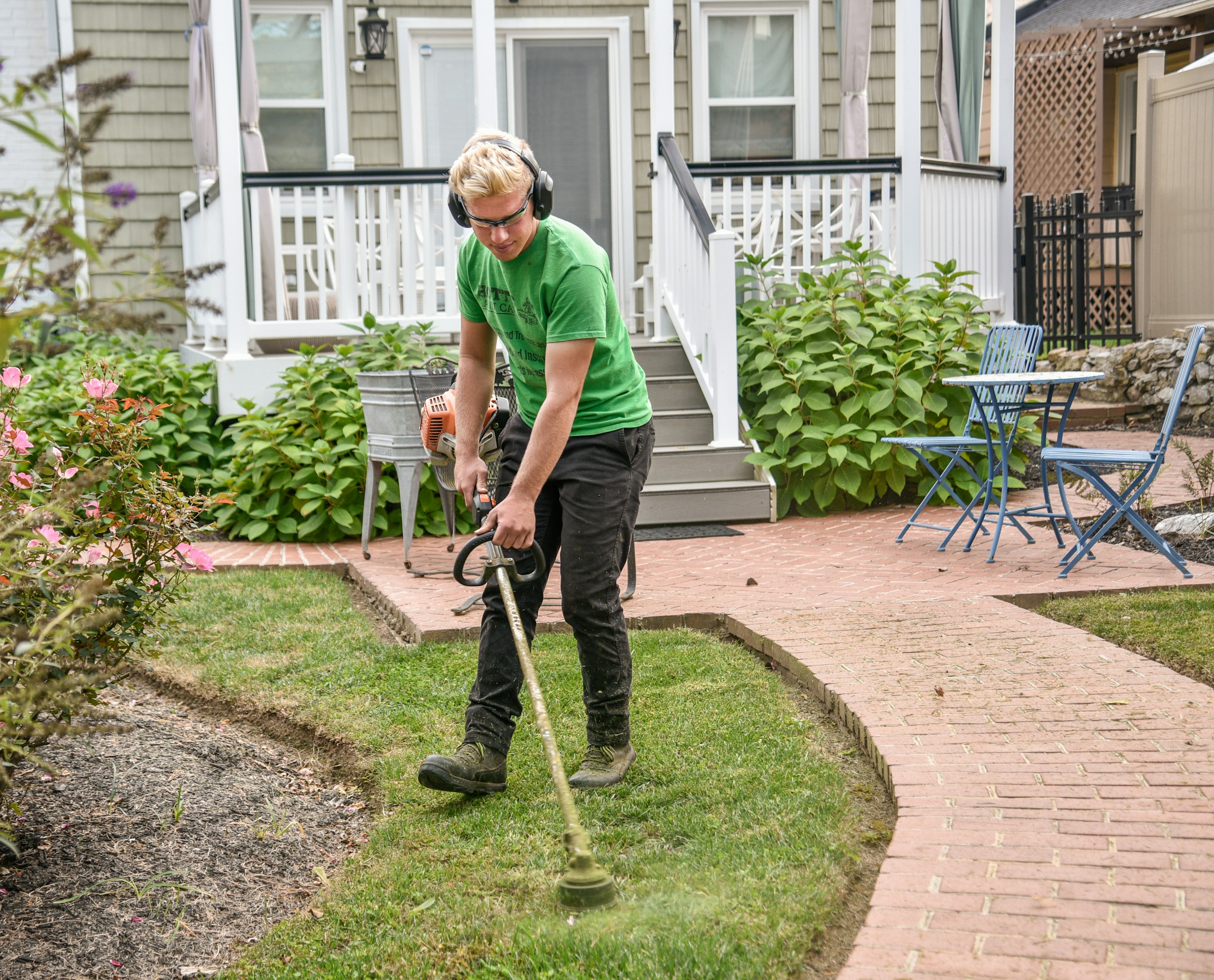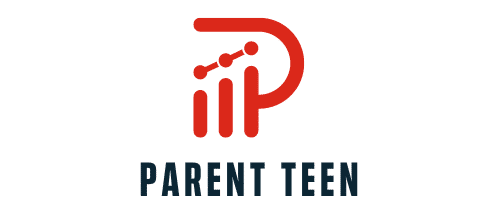What’s the Best Approach for a Low-Maintenance, High-Impact Flower Bed in a Front Yard?

Flowers offer a brilliant splash of color and an inviting ambiance to your front yard. However, maintaining a flower bed can often be a game of constant upkeep. For the green thumbs who prefer to keep things simple, low-maintenance flower beds are an attractive option. With the right selection of plants and a clever landscaping plan, you can create a stunning garden that requires minimum effort. Let’s explore some ideas that will help you design a low-maintenance, high-impact flower bed in your front yard.
Selecting the Right Plants
Before you start digging in your garden, it’s imperative to decide what will you plant in your flower bed. One of the best ways to ensure a low-maintenance yard is to opt for hardy, perennial plants.
In the same genre : How to Develop a Color-Coded Filing System for a Home Office Library?
Perennials are plants that live for more than two years. They may go dormant in winter but will re-emerge in spring, providing a reliable structure to your garden. Examples of perennial flowers include daylilies, coneflowers, and black-eyed Susans. These are known to be particularly resilient and require little more than the occasional pruning.
Native plants are another excellent choice for low-maintenance gardens. These plants have adapted to your local climate and soil, meaning they need less watering and are resistant to local pests. Research the plants native to your area and consider adding them to your flower bed.
This might interest you : How Can You Set Up an Indoor Compost Bin That Doesn’t Smell?
Remember, the key is to choose plants that are not only beautiful but also suit your local environment and personal maintenance preferences.
Creating a Low-Maintenance Landscape
A well-designed landscape can significantly reduce your garden’s maintenance needs. For instance, mulching your flower beds can keep the weeds at bay and reduce the need for watering. Mulch also adds a neat, finished look to your beds and provides a contrast that makes your flowers stand out.
Ground cover plants are another low-maintenance landscaping idea. These are plants that spread across the ground, preventing weeds from growing. They can be an excellent addition to your flower bed, filling in gaps and adding color.
Incorporate pathways into your landscaping design. Not only do they add visual interest, but they also make it easier for you to access your plants for any necessary maintenance. Choose a material for your path that complements your home and garden – brick, gravel, and wood are all great choices.
Utilizing Raised Flower Beds for Low Maintenance
Raised beds offer many benefits that can make your gardening experience easier. They provide better drainage, prevent soil compaction, and can deter some pests. They also put less strain on your back as you don’t have to bend as far down to tend to your plants.
Choose materials for your raised beds that will withstand your local weather conditions. Wood is a popular choice, but stone or brick can also look very stylish. Consider lining your raised beds with a weed barrier before adding soil to minimize maintenance.
Combining Colors and Textures for High Impact
While low maintenance is crucial, you also want your flower bed to have a high visual impact. Combining different colors and textures can create a vibrant and diverse landscape that grabs people’s attention.
Consider the color wheel when planning your flower bed. Colors near each other on the wheel, like blues and purples, create a harmonious feel. In contrast, colors opposite each other, like yellow and purple, make a bold statement.
In addition to color, think about texture. Combine plants with different leaf shapes and flower forms to add depth and interest to your landscape. For example, the soft, feathery foliage of ornamental grasses contrasts beautifully with the large, bold leaves of hostas.
Regular Maintenance for a Long-Lasting Beauty
Even low-maintenance gardens require some care to keep them looking their best. Regularly remove dead flowers, known as deadheading, to encourage more blooms. Prune your plants to keep them healthy and to maintain the shape of your flower bed.
Irrigation is another crucial aspect of garden maintenance. Consider installing a drip irrigation system for a set-it-and-forget-it watering solution. This type of system provides slow, steady watering directly to the plant roots, reducing water waste.
Finally, don’t forget to feed your plants with a slow-release fertilizer. This will provide your flowers with the necessary nutrients over time, promoting strong, healthy growth.
Creating a low-maintenance, high-impact flower bed in your front yard might be a project, but with the right plants and design, it can be a rewarding endeavor. With these ideas in mind, you’re well on your way to creating a beautiful landscape that will add curb appeal to your home with minimal upkeep.
Incorporating Artificial Grass for a Low-Maintenance Garden
Artificial grass can be a game-changer in achieving a low-maintenance front yard. This landscaping idea involves replacing natural grass with an artificial variety, reducing the need for regular mowing, watering, and fertilizing.
Artificial grass offers a consistent, green look throughout the year, regardless of weather conditions. It is also resistant to pests and diseases, eliminating the need for pesticide treatments. This kind of grass can easily blend with your flower beds, providing a neat and well-maintained look without much effort.
Moreover, artificial grass offers an easy-to-clean surface, making it an ideal choice if you have pets. It also provides a soft and safe play area for children. When choosing artificial grass, consider the quality, color, and texture to ensure it suits your overall garden design.
Combining artificial grass with raised beds and perennial plants can result in an eye-catching, low-maintenance front yard. With this approach, you can focus more on enjoying your garden rather than spending hours on upkeep.
Simplifying Your Garden with Native Plants
Including native plants in your front yard flower bed can make a significant difference in maintenance levels. Katherine McLaughlin, a well-known garden expert, recommends native plants as they are adapted to your local climate and soil. This adaptation makes them more resistant to pests and diseases, and they require less watering and care than non-native species.
To identify native plants suitable for your area, consult a local gardening center or an online database. You might be surprised by the variety of native plants available, from flowering plants to shrubs and trees.
For instance, if you’re living on the California coast, consider using the California poppy or the coastal sage scrub in your garden. These plants are not only beautiful but also extremely drought-tolerant, making them perfect for a low-maintenance front yard.
Remember, incorporating native plants isn’t just about reducing maintenance. It can also help attract local wildlife like birds and butterflies, adding more life to your garden.
Conclusion: Create Your Low-Maintenance, High-Impact Front Yard
Constructing a low-maintenance, high-impact flower bed in your front yard is achievable with a blend of proper planning, the right plant selection, and clever landscaping ideas. By opting for hardy perennials, native plants, and introducing low-maintenance features such as artificial grass and raised flower beds, you can design a stunning, easy-to-care-for garden.
While these adjustments can reduce your garden chores, remember that all gardens require some level of care. Regular maintenance activities like deadheading, pruning, and occasional feeding can ensure your garden stays healthy and vibrant.
By following these tips, you can create a beautiful front yard that enhances your home’s curb appeal and offers a welcoming space for you to enjoy. With the wisdom of garden experts like Elizabeth Fazzare and Katherine McLaughlin, you can transform your front yard into a retreat complete with a high-impact, low-maintenance flower bed. Take these ideas and make them your own, and soon you’ll have a front garden that’s the envy of your street.
